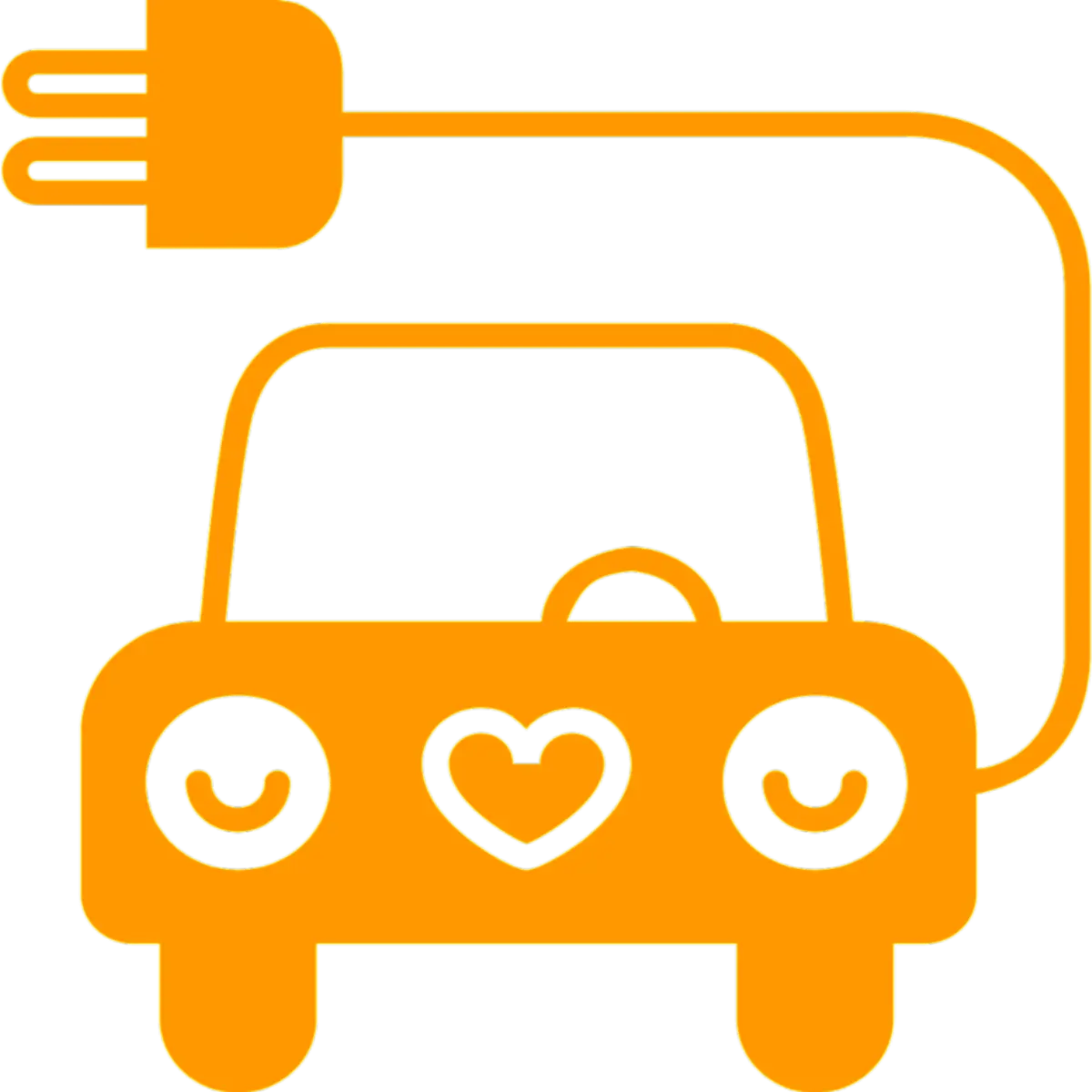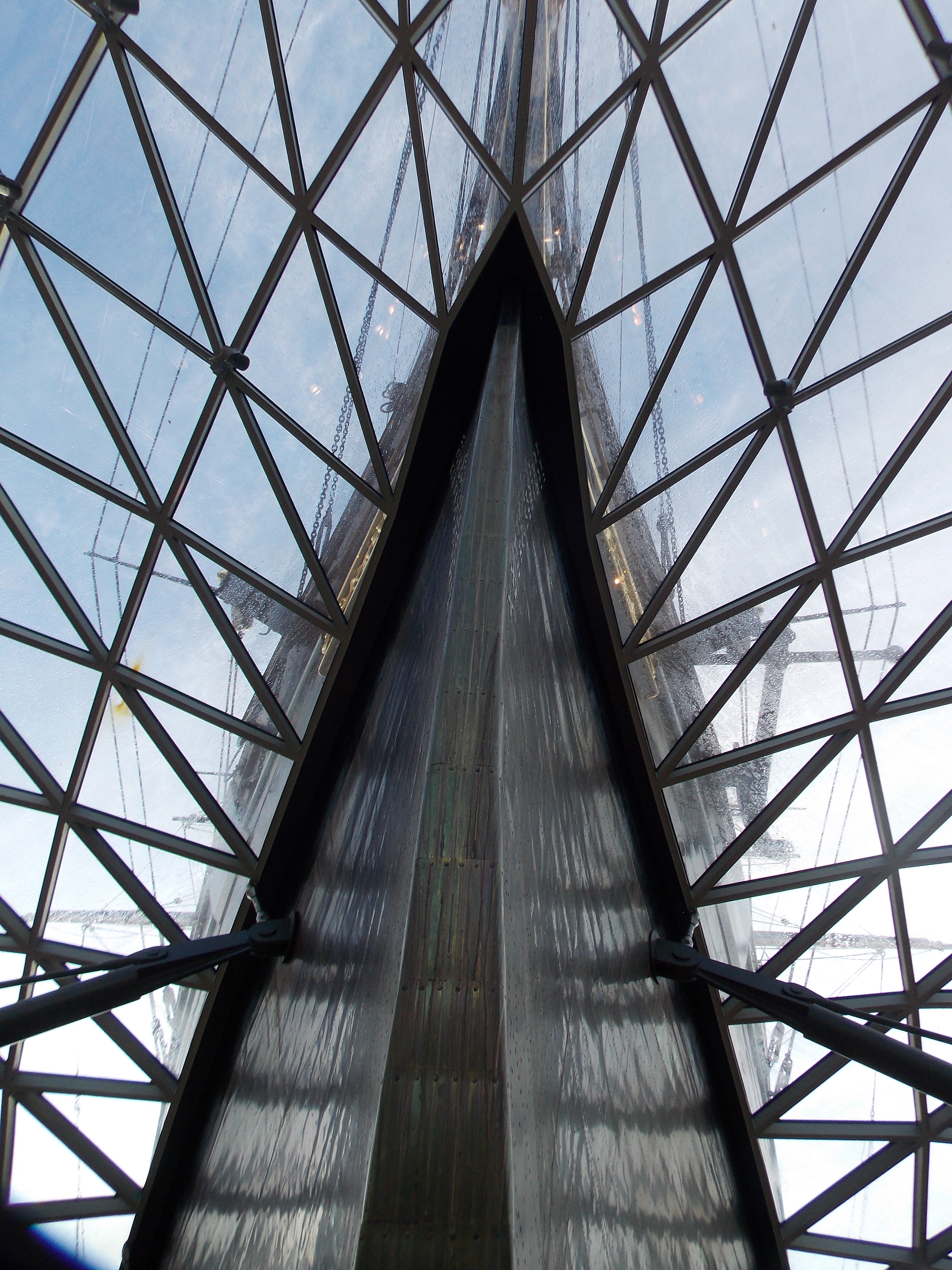

Oh, indeed, that’s a common problem with them. :) You can find them here:


Oh, indeed, that’s a common problem with them. :) You can find them here:


Solar is expensive.
At this point, definitely no. At present, you can buy panels at 0.12 € / W if you choose where to shop. (This autumn, I’m considering adding 10 panels, 380 W each, for a price of 46 € each - in fence configuration, so minimum installation cost too). It’s the cheapest source of power, if you have sunlight (unfortunately, in winter I don’t have a lot, too far north).
Batteries do cost a fair bit.
As for resilience, panels are fairly resilient. A panel punctured by some shrapnel will keep working at reduced power, unless it hit the junction box. Living in a peaceful area, I didn’t need a missile to find out - I found out using a storm which made plywood fly at considerable speed.


My preference has become Maximum Solar. They work with button and LCD control. It ain’t convenient but I reprogram them only twice a year - when transitioning between summer (hot, energy surplus, preserve batteries by not charging them fully) and winter configurations (cold, energy deficit, fill batteries to the maximum). I’ve thought about automating that, but didn’t bother.


I never let my energy devices onto the Internet. The house controller - a Raspberry Pi - is allowed when I wire it to the router using an ethernet cable.
If I worked at the company which did the cyberattack, I would fear both civil liability and prosecution.


It would not exclude clear differentiation, however. :)
Just like a chatbot posting on social media can add a message footer “this content was posted by a robot” to a fluent and human-like message, a humanoid robot, while having human form, can clearly identify itself as a robot.
Personally, I think such a design requirement is higly reasonable on social media (as a barrier or action threshold against automated mass manipulation) but probably also in real life, if a day comes when human-like robots are abundant.
Very very impressive. :)


I can tell a story of two vehicles.
A friend of mine had a self-built e-bike that went past my self-built e-car as if it were a road sign. :)
However, I can relay a word of caution: he used the lightest and best drone batteries (LiPo batteries) for it. They are incredibly good at burning, when helped a little to start the process. On one nasty day, he had to throw the flaming e-bike out of the garage door. Not much remained of the bike. Fortunately he had a smoke alarm and didn’t charge unattended.
As for my e-car - it drove some 12 000 more kilometers, but eventually the charger malfunctioned. It didn’t realize the battery was full and overcharged the cells. Needless to say, it was a cheap Chinese charger.
Instead of LiPo batteries, the car used LiFePO4 batteries. The safety valves opened and blew out electrolyte vapour, but nothing shorted and nothing caught fire. After another hour of cooking, maybe it would have, though.
I stopped the process, cooled down the cells and sorted them later by the level of damage. They lived a second life of 4 years as the auxiliary (outdoor) battery bank of my house, when it was freshly built. Some of them still hold charge, but in general, they’re about to retire.
Lesson 1: different chemistries have different risk levels. If you can’t or don’t wish to have battery monitoring, choose a safer battery chemistry.
Lesson 2: redundant charge termination systems were missing. It’s easy enough to install some. Always do it. Don’t count on the charger to finish charging. Install a secondary board and suitably rated MOSFET / relay to cut the connection if cells go unbalanced, if temperature rises, or if voltage rises beyond full charge.
And of course, don’t charge unattended. Sleeping == unattended.


Now it’s also loading for me. Thanks for trying. :)


Strange, I can’t get the link to open. If I just click the link, (Firefox on Linux) it says “SSL_ERROR_INTERNAL_ERROR_ALERT”. However, when I revert to http:// instead of https://, it loads a page saying:
Invalid url! /t/K2Wj4
Can anyone else tell - does it open for you?
Why the water isn’t killing the fire?
Could be anything from sodium to calcium carbide to fluorine. :) Sodium makes hydrogen with water, carbide makes acetylene with water, and flouride just oxidizes water by grabbing hydrogen away from oxygen.
If the character’s plan is to try fascism next, I think they’re into fairly agressive substances. :P


That was a long story, and I was a fool.
I bought a car that had driven an incredibly short mileage, hoping to restore the battery to working order. Being unfamiliar with it, I was unable to find the fault at first, so I bought a second-hand battery separately to test the car. I found the problem, fixed the car, but now had a batttery with a few dead cells left over. After fruitless attempts to find another person in need of many cells, I decided to use them for my house. :)


While the article takes no solid position about the benefits and harms of alleviating global warming with solar geoengineering, it does correctly point out that discussion and governance of the subject is lacking.
Some hypothetical examples:
Case A:
Case B:
Case C:
Myself, I perceive this as a last resort. If reasonable measures don’t save the day, this is one of the less reasonable measures that could buy time. I would like people to research this, so that capability would exist. But I would not be easily convinced of the necessity of taking action, as long as alternatives remain.


Summary:
I keep wondering why he seems to have any chance at all. Guesses:
Obviously, society is not well. A healthy society should be able to recognize a confidence artist trying to con them.


Back to farming kale, then. :)


So it’s mainly asthma that people develop due to exposure to nitrogen oxide - and treating all the patients puts a considerable burden on society.
Unrelatedly, as a side note, I got curious about Portuguese cooking - for some reason the graphs show that cooking food in Portugal requires a three times higher percentage (30% as opposed to 10%) of overall energy consumption, implying either lower energy use for everything else, or higher energy use for cooking.
I wonder if there’s some secret sauce that is only made in Portugal and which is extremely energy-intensive? Or just a case of broken statistics…
I mean sure, if you’re at such extreme latitudes that you have months of total darkness, then solar will have a problem there. Maybe small modular reactors make sense for those niche applications.
Currently, solar still makes economic sense, but from April to October. Lots of it was built rather fast, now the adoption is slowing since the grid can’t accept it everywhere.
Consequently, summer is when oil shale miners rest and prepare for the next season.
Since the goal is to get rid of mining oil shale, big plans exist to install a lot of wind power. Sadly, this has gone embarrassingly slow, and it cannot cover winter consumption, and there is not enough storage.
As a result, some companies and building out storage, but only enough to last a few hours.
…and in the next country southwards, there is a huge gas reservoir that could accept methane, enough to last the whole winter, but nobody has a good enough handle on methanation to renewably produce a considerable quantity and store it there. :o
With regard to reactors, it seems likely that getting one would take 10 years and the local country here doesn’t even have legislation built out for nuclear power. They’re drafting it. Starting from zero is quite slow.
That’s a pretty big gap to cover with spamming more panels. I would venture to guess: this approach would work up to latitude 45 or so.
https://www.engineeringtoolbox.com/surface-solar-radiation-d_1213.html
Where I live, in midwinter, the day is 6 hours long. Over here, wind turns more heads than solar. But yes, solar is riduculously quick to install.


Machinery comes is varying width. I would guess a farmer needs to decide at some point - is the priority using a 10-meter wide tool, or is it OK to settle with a 6-meter tool, or even a smaller one.
Basing on that, they’ll decide what the clearance between rows of panels should be. From an energy installation viewpoint, the shadow of one row should not cover another row during normal operating conditions. Assuming sun at 30 degrees elevation (“September on latitude 60”), the shadow of a fence that’s 1.2 meters tall will be about 1.75 * 1.2 = 2.1 m long. So from an energy generation viewpoint, one can pack things more densely than makes sense for farming.
Since 2021, nearly 4 full years, the world has closed less than 1% of active coal power plants.
Closing will come later, when alternatives are widely available. What renewable energy does currently - at least here - is forcing those plants temporarily out of the market, especially during summer months and windy weather. The plants will exist and stay ready in case of need for well over a decade, maybe even two - but they will start up ever more rarely.
Technically, the deal is: we don’t have seasonal energy storage. Short term storage is being built - enough to stabilize the grid for a cold windless hour, then a day, then a week… that’s about as far as one can go with batteries and pumped hydro.
To really get the goods one has to add seasonal storage or on-demand nuclear generation. The bad news is that technologies for seasonal storage aren’t fully mature yet, while nuclear is expensive and slow to build. There’s electrolysis and methanation, there’s iron reduction, there are flow batteries of various sorts, there’s seasonal thermal storage already (a quarter step in the right direction)…
…but getting the mixture right takes time. Instead of looking at the number of closed plants, one should look at the sum of emissions. To remain hopeful, the sum should stop growing very soon.
Prediction: some heavily state-subsidized tech company from guess which country - not an EU member and name starts with C - maybe even a previous partner whose unreliability hindered production - will buy the properties at a relatively cheap price and possibly make things work.
Background:
https://www.theguardian.com/business/2024/oct/01/sweden-fears-for-future-of-batterymaker-northvolt
Diagnosis: